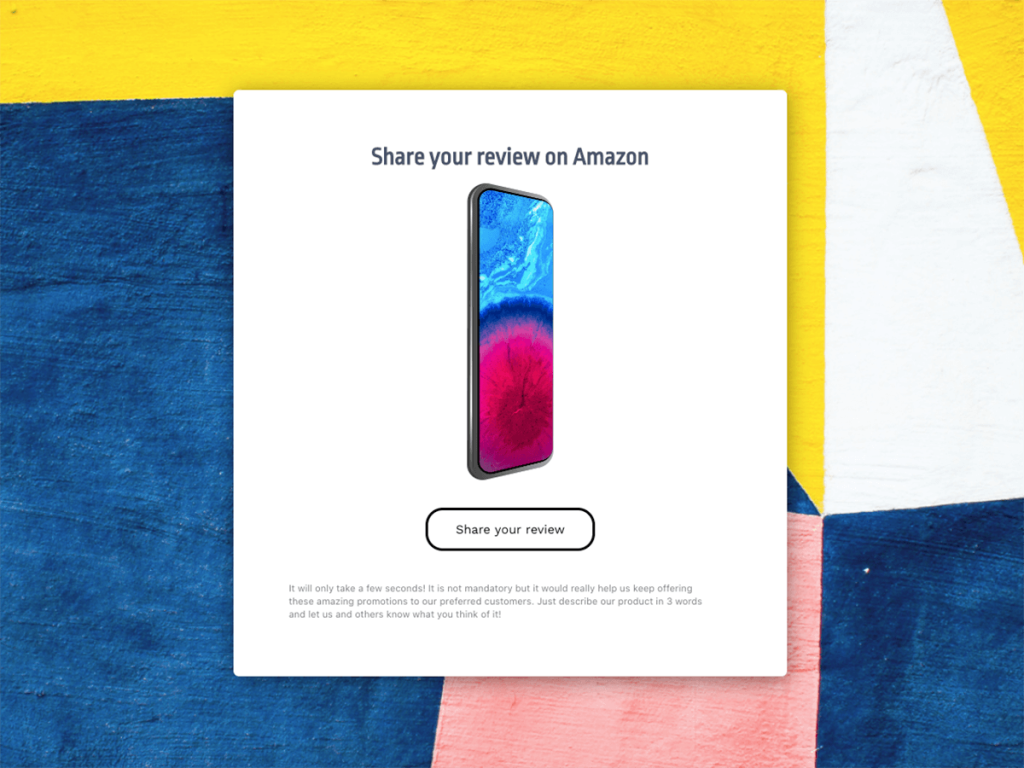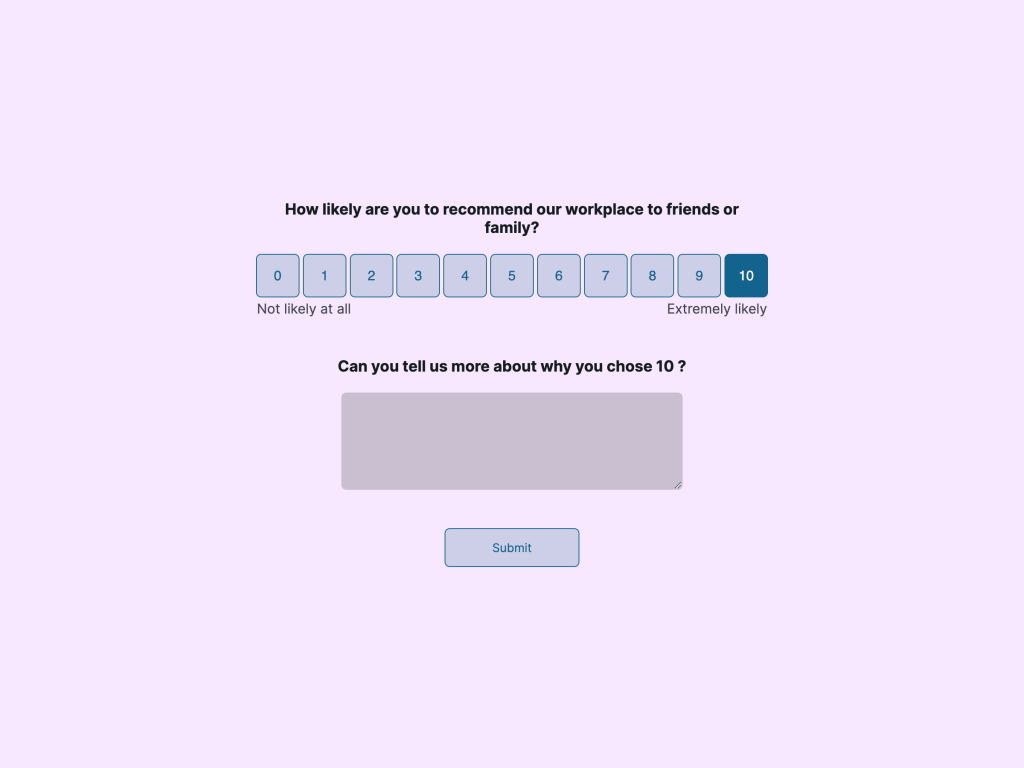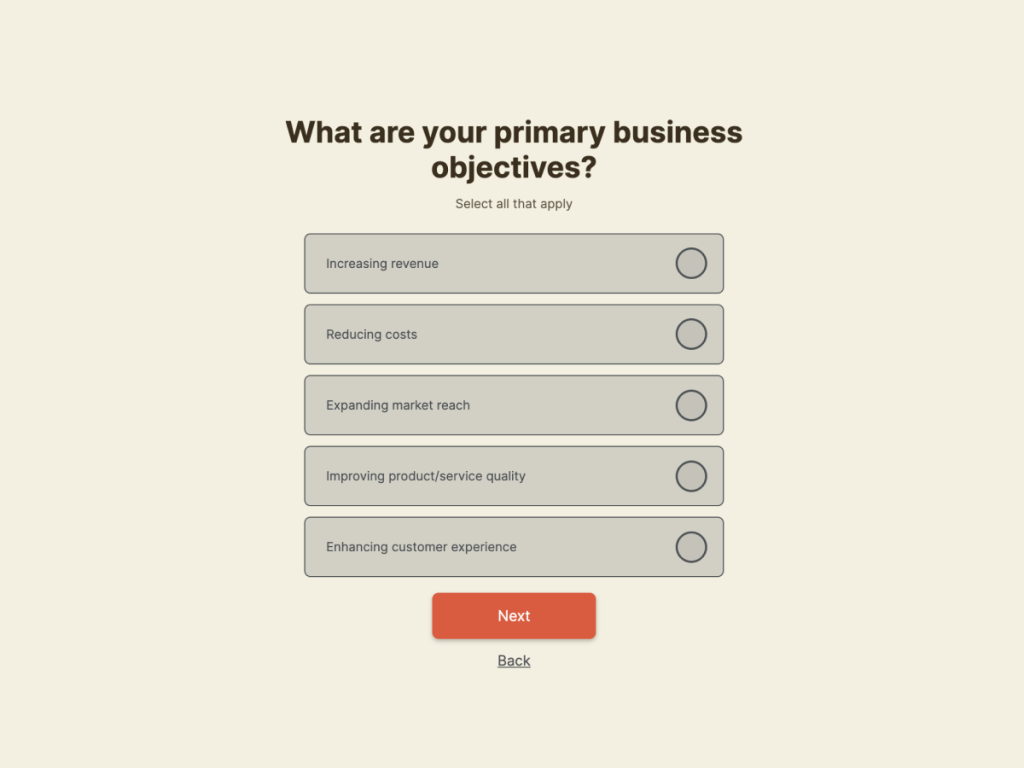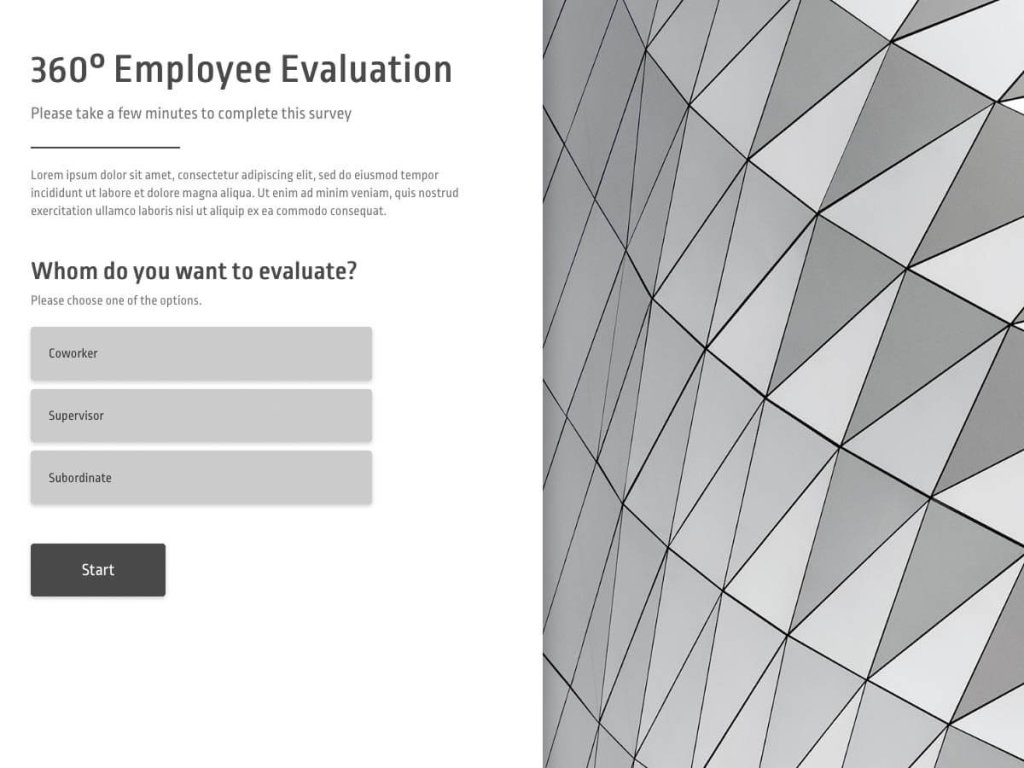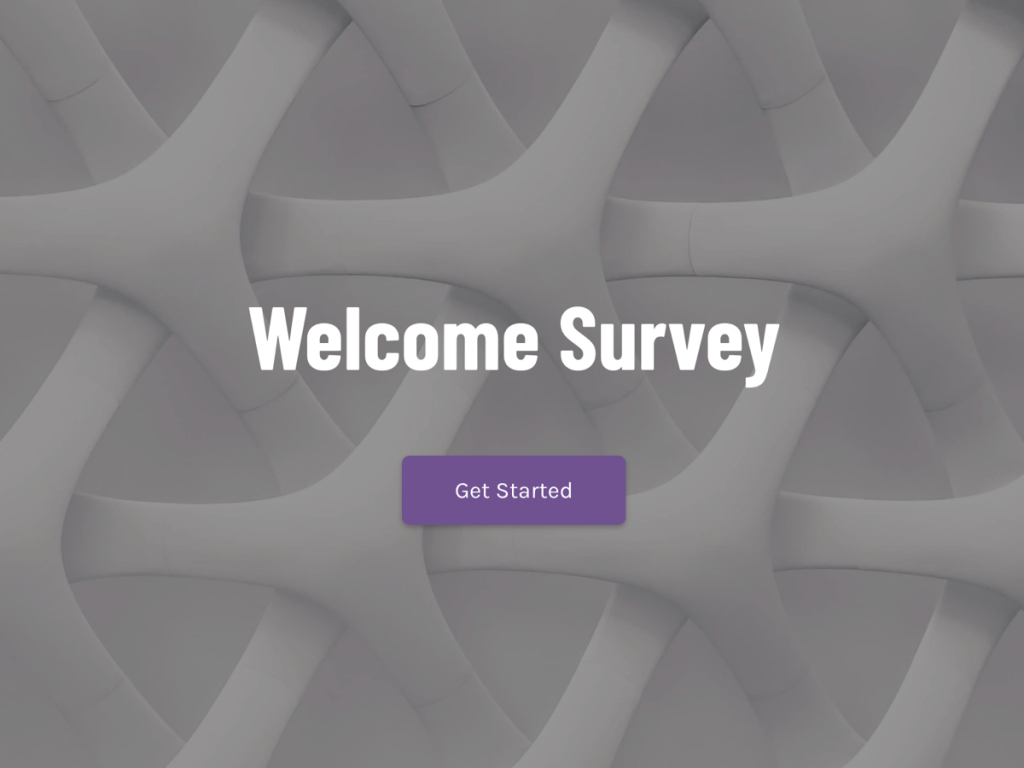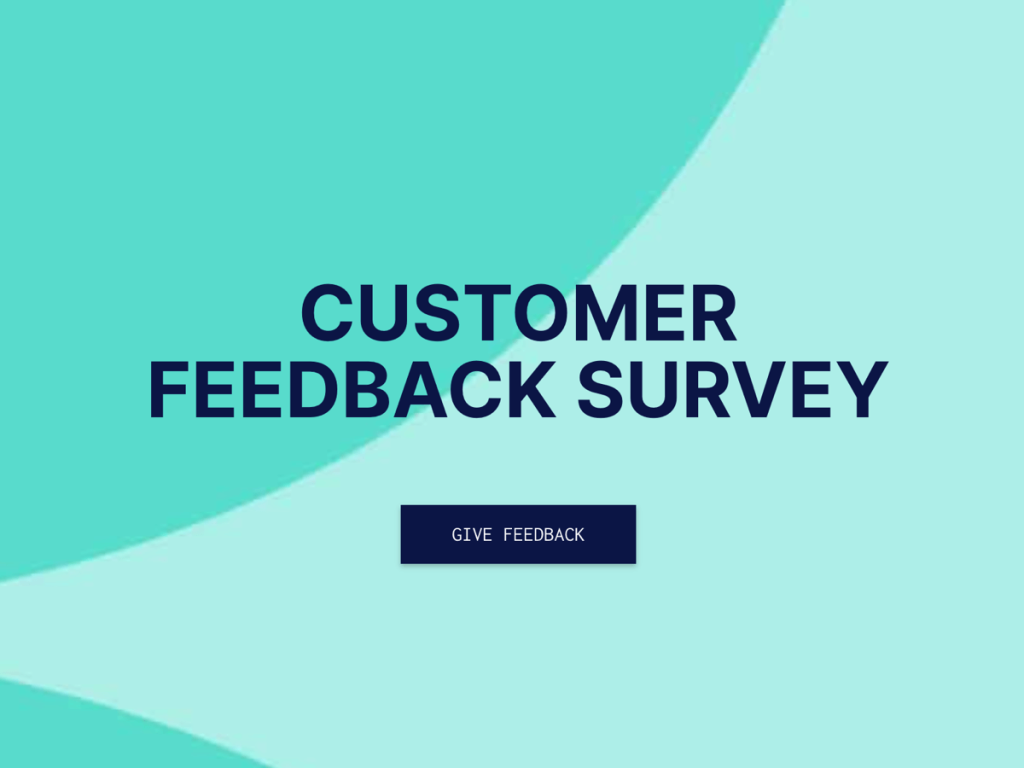If you want to generate plenty of data so you can make informed decisions based on input from real customers, surveys are the perfect tool. Of course unless you’re collecting the information efficiently, the quality of the data might suffer.
Get Started with Online Surveys
With One Of Our 300+ Templates
To solve this you need strategies in place to deal with common data collection pitfalls. So let’s look at what methods work best in this context, and what other challenges you’ll face on the road to revolutionizing your surveying efforts.
Set Clear Goals
A survey has to be focused on achieving something specific, or else it can become bloated, unwieldy and unhelpful.
Defining the goals before you start writing questions will avoid this, and will also influence aspects like your marketing spend and how you promote the survey.
Obviously your goals will be unique, but there are some broad examples to consider. For example, you might want to check on the quality of the experience customers received when speaking to a member of the support team. This will let you narrow the scope of the questions you ask accordingly.
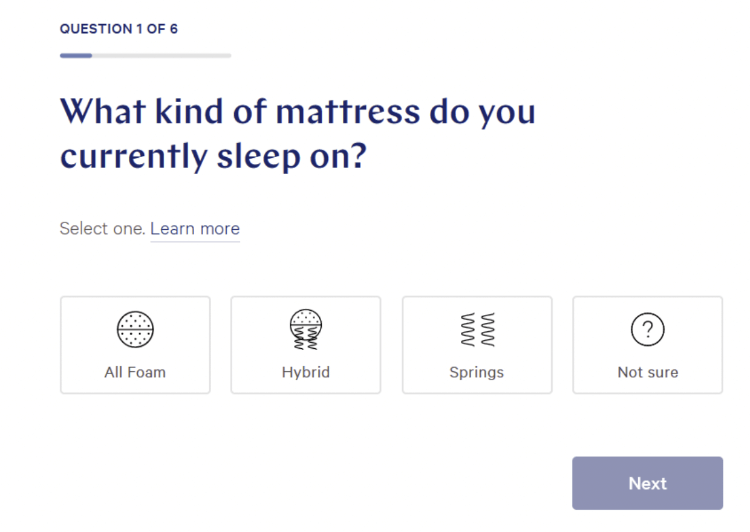
Equally you might want to know how customers first discovered your brand, and where their initial interaction with it took place. Or you could be keen to unpick the journey that customers take to find out about a product or service, or to get a problem rebalanced.
The goals you choose are down to you, but the simple step of setting them before you do anything else will make the rest of the survey creation far more efficient.
Connect with Relevant Respondents
If survey data is fed in from a wide swath of respondents, without any attempt made to target a particular audience, it won’t be as accurate in terms of fulfilling your aims. Also, the sheer volume of information might be overwhelming, making it harder to sift through to find actionable insights.
This is where picking a particular set of participants that match parameters which make sense for your industry, market niche and target audience is impactful. From B2B-oriented brands like IBM and Oracle to consumer-focused companies like Facebook and BeFunky, knowing who you need to connect with is half the battle.
Even if the survey is aimed internally, seeking respondents from within the organization, you might not have the resources or the need to ask every single employee the same set of questions. Being more precise, and then selecting a sample of the respondents that best represent the ideal you’ve defined, saves time and streamlines subsequent data analysis.
Choose Questions Carefully
The most common way for a survey to expand beyond a useful size is if the questions it includes aren’t properly curated and edited.
Everything you ask respondents has to serve a purpose; in this case, that purpose being the goals you defined earlier. If an answer isn’t going to get you any further, then the question itself isn’t needed.
If the age, work status, educational background or anything else isn’t important, for example, then don’t just include questions around these points because you feel they are generically necessary.
Following survey question writing best practices is always sensible in this context. Formatting is also important; check out this example of a multiple choice survey which is over-stuffed with text and difficult to view and interpret on certain devices.
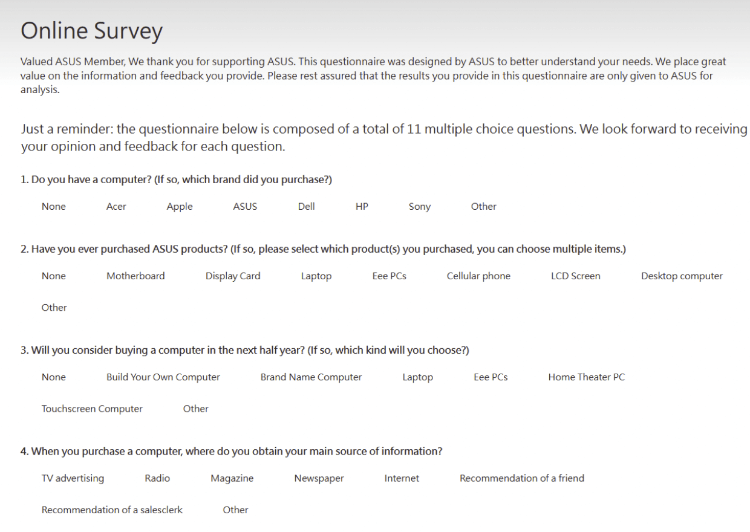
Brevity Boosts Response Rates
A major hurdle to efficient data collection is getting respondents to complete the questions you set them.
The longer and more complex a survey is, the fewer participants will see it through to the end. If it is short and to the point, on the other hand, you’ll find it’s an easier sell.
An excellent example of a concise survey that elicits plenty of responses comes from e-commerce giant Amazon. Users are invited to give feedback on the usefulness of a page detailing the purpose of customer reviews on the site with a simple box at the bottom.

Completing this takes seconds, and is further incentivized because it is part of the company’s help section.
Such short-form surveys aren’t ideal in every scenario, of course. But the lessons learned here can be extrapolated and expanded upon to inform your own survey building and data collection.
Be Wary of Generating Binary Data
You might assume that having yes or no answers to survey questions makes things easier for respondents, and so should be prioritized as a strategy.
Unfortunately, the quality of the data pumped out by this approach will be lacking, because there won’t be any nuance when a binary approach is adopted.
This is why response scales are preferable, and giving participants different degrees of agreement to choose between also encourages them to think more carefully about their answers.
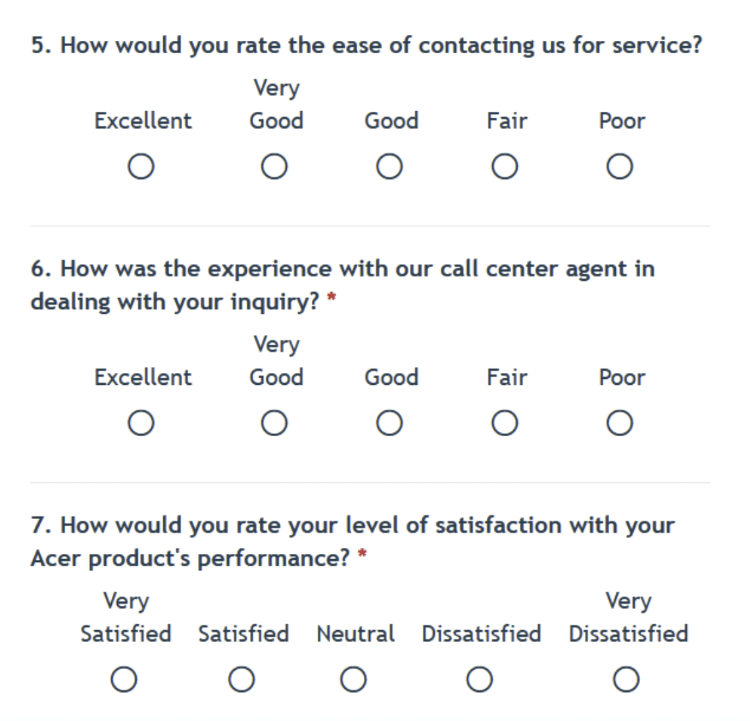
Of course a simple binary question may be a requirement depending on the question, so don’t try and force in a response scale if it doesn’t make sense.
Order Questions Appropriately
It’s not just the individual questions and their formatting that matters in terms of a survey’s efficiency. You also have to give consideration to the way you order the questions in order to elicit the most meaningful responses, and to keep participants plowing ahead until they complete it.
Starting with simple questions to ease them in, then moving on to the more complex queries in the mid-section of the survey, before finishing on straightforward talking points at the end, is sensible. If you go in at the deep end, or save the more in-depth questions until later on, respondents might tap out rather than stick with it.
Get Started with Online Surveys
With One Of Our 300+ Templates
Final Thoughts
These are just some of the methods which will help you to collect better data and create surveys that really work.
The last tip to take onboard is that you need to be aware of how surveys perform, and look out for signs that they aren’t hitting the targets you’d set for them. If they are falling short, it’s important to look into why this is the case, rather than chalking it up to bad luck.

